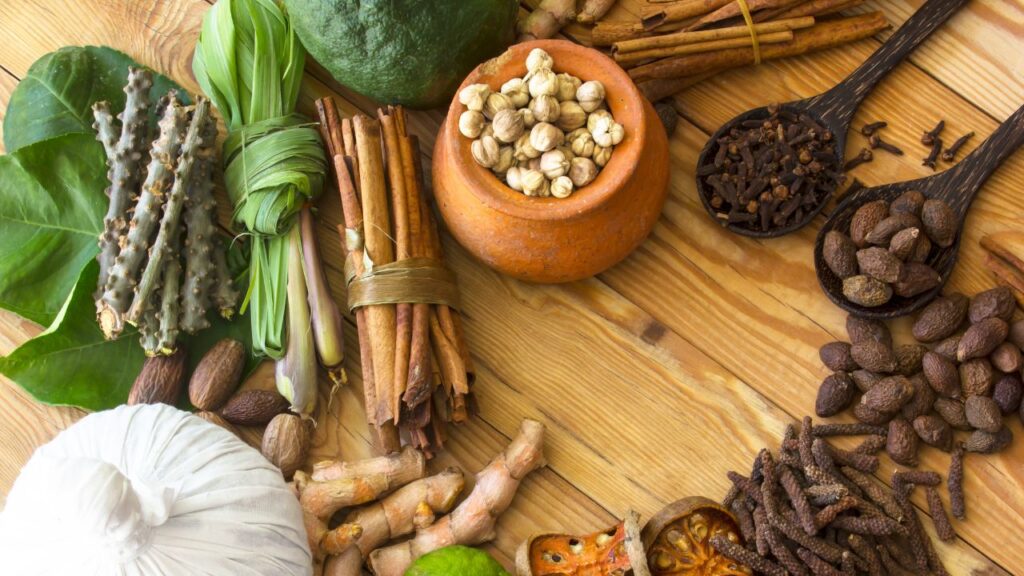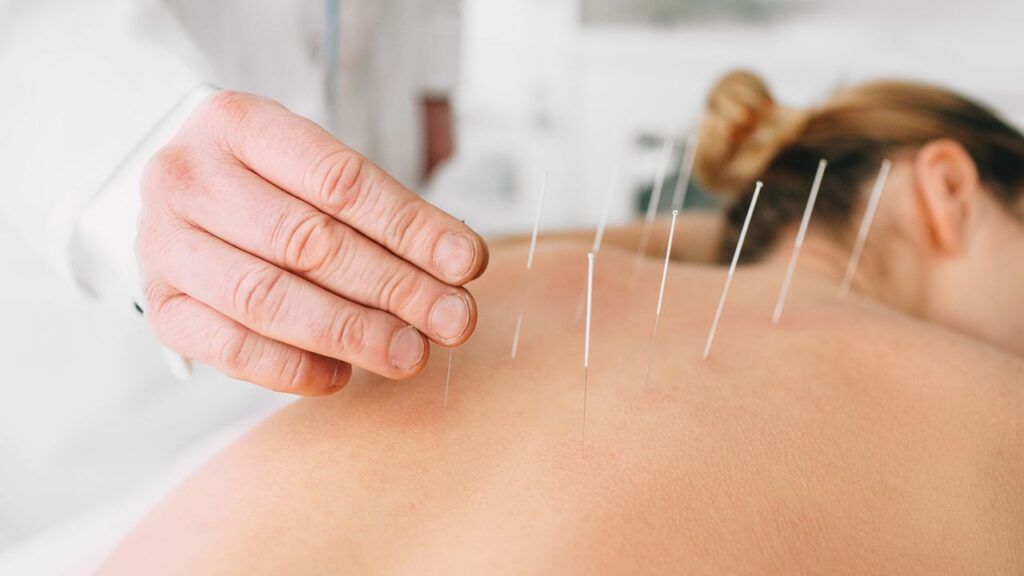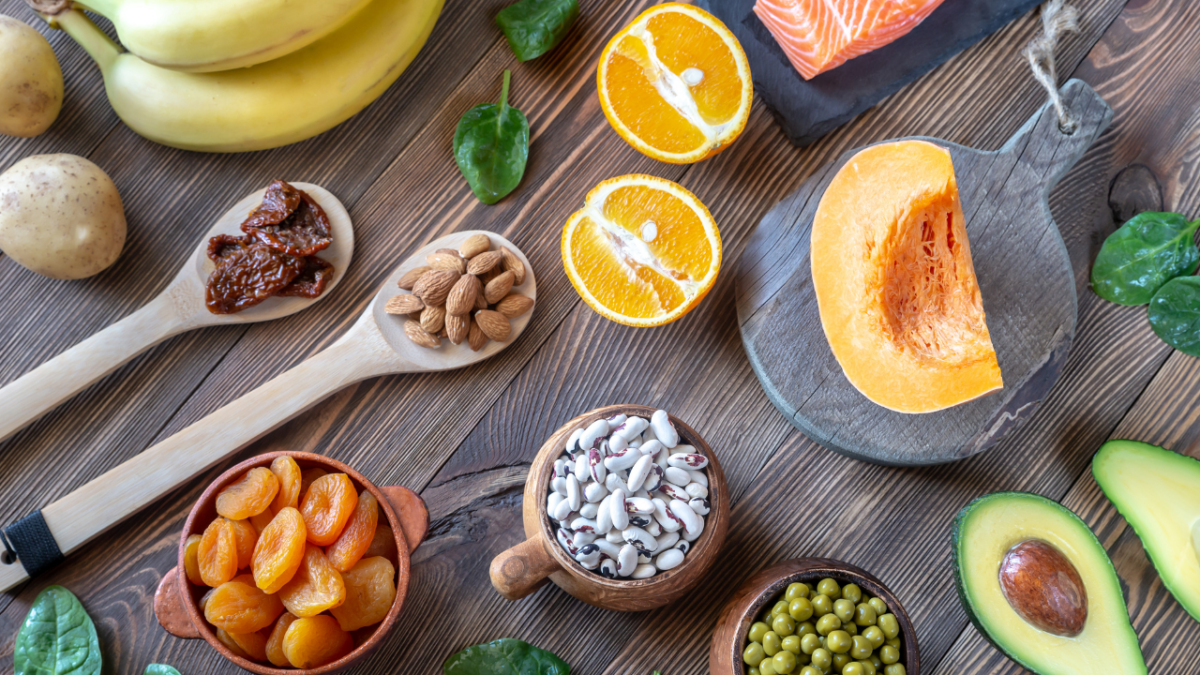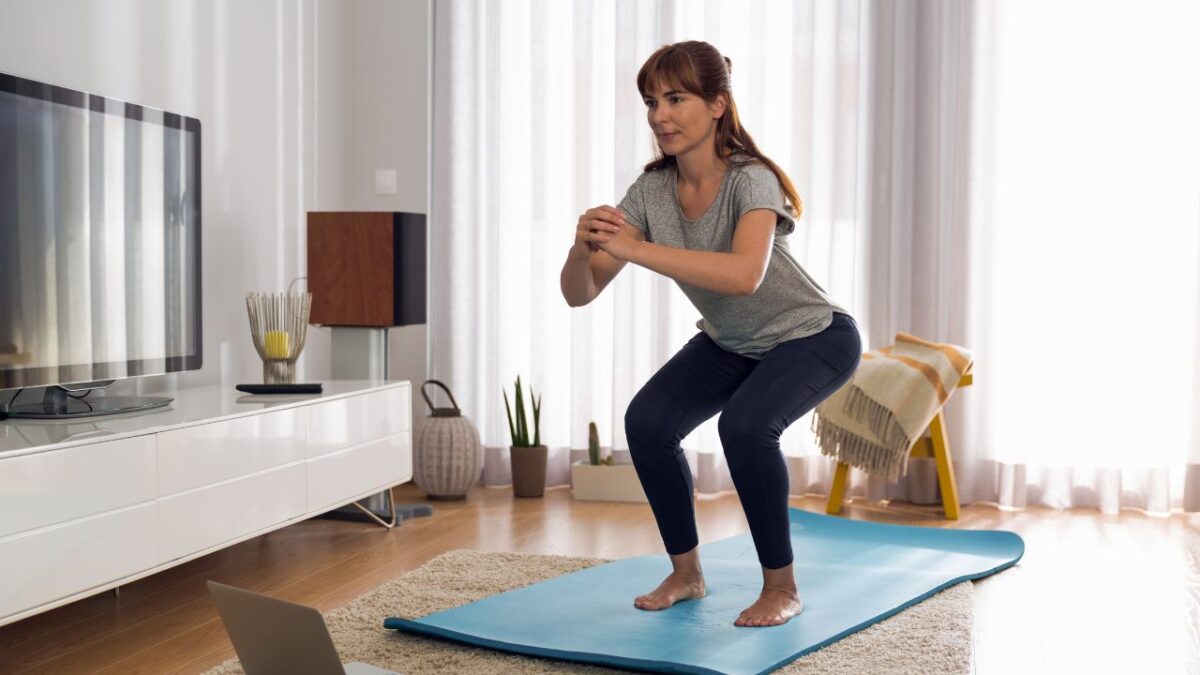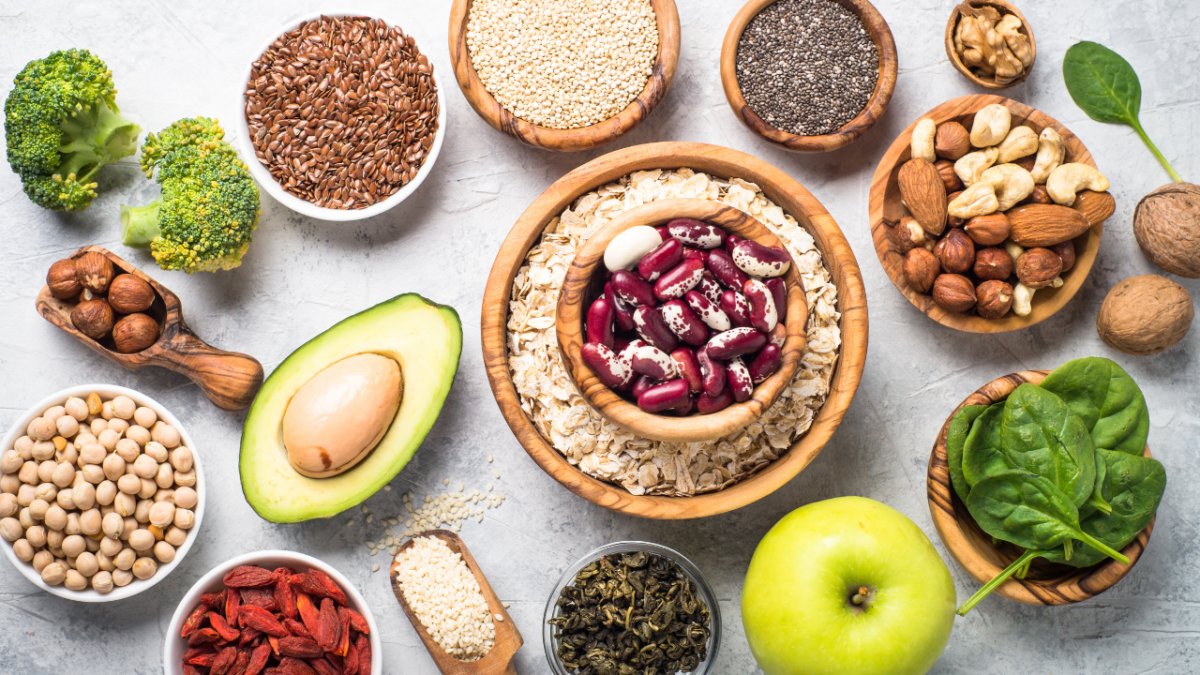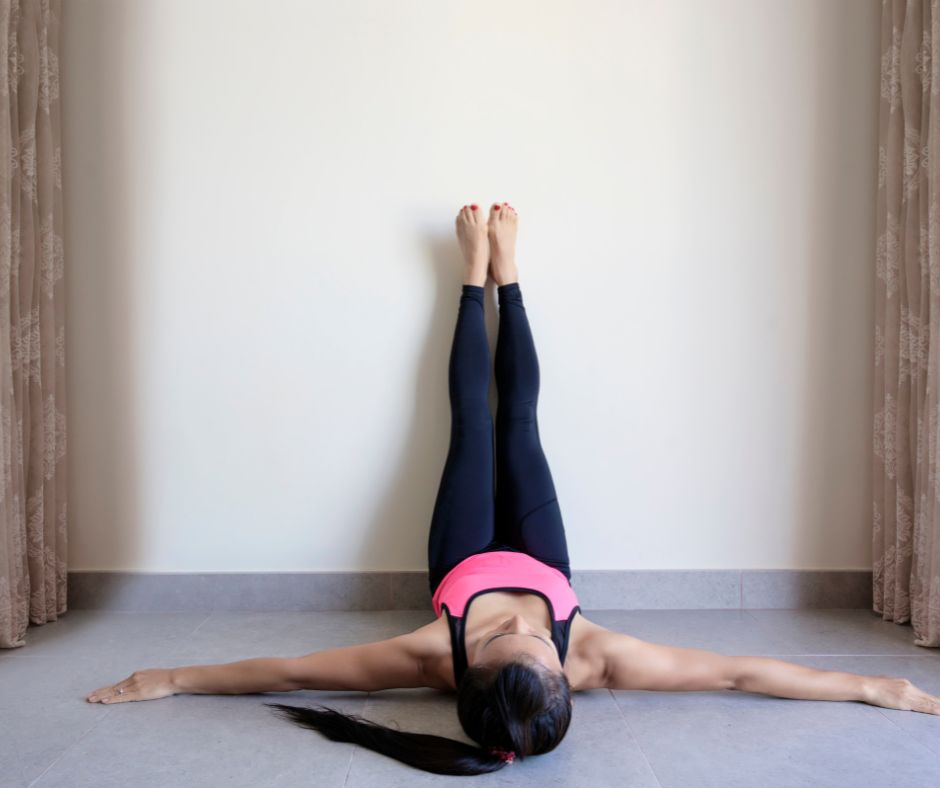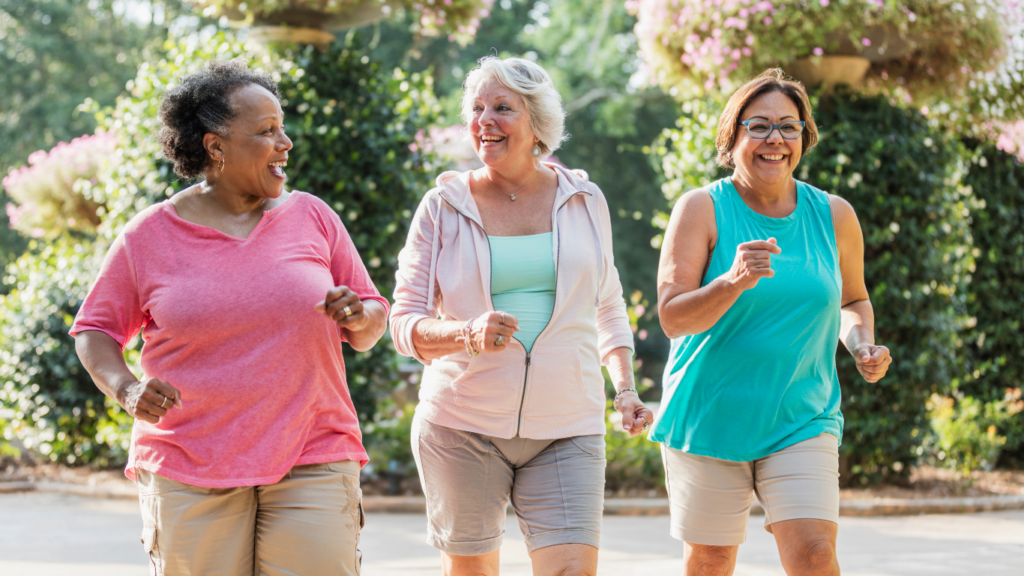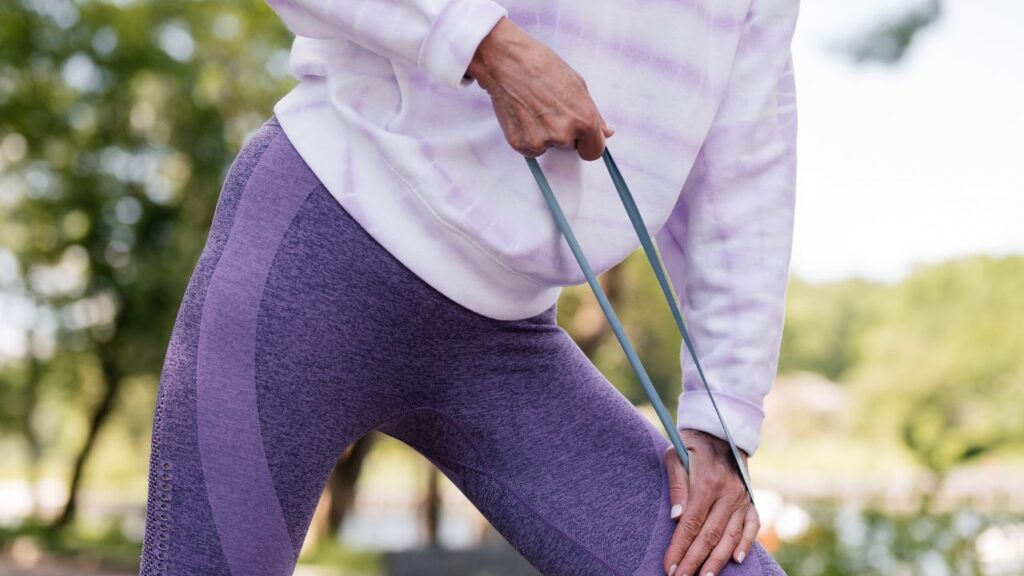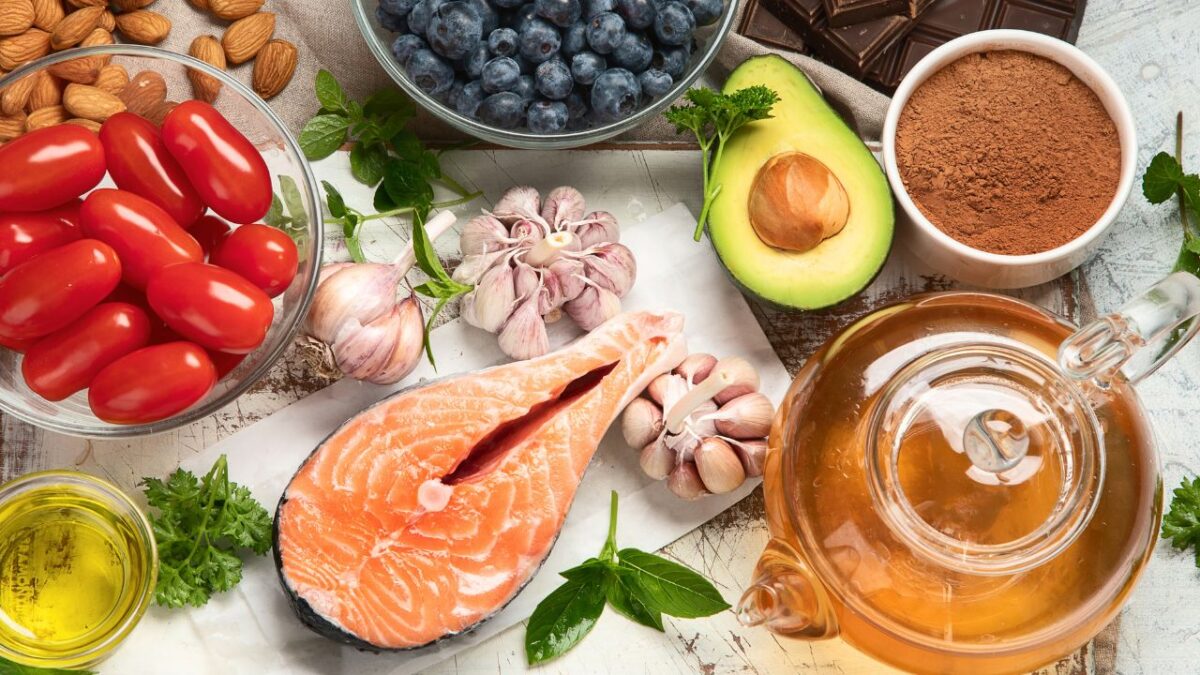The Common Food That Secretly Slows Your Metabolism After 40
The Perimenopause-Metabolism Mystery
Perimenopause—the not-quite-menopause-but-getting-there phase—can start as early as your late 30s but most commonly creeps in during your 40s. It’s the hormonal rollercoaster where estrogen, progesterone, and even testosterone fluctuate like a moody playlist.
These hormonal shifts do more than mess with your mood and sleep. According to the North American Menopause Society (NAMS), changes in estrogen levels directly impact fat distribution, insulin sensitivity, and metabolic rate (NAMS, 2022). Translation: your body starts storing more fat, burning fewer calories, and craving comfort food late at night.
It’s not your imagination—you are burning fewer calories. Studies show that basal metabolic rate (BMR)—the number of calories your body burns at rest—can drop by up to 2% per decade after age 20 (Manini, 2010). And for women entering perimenopause, the dip can feel even more dramatic, especially when paired with muscle loss and insulin resistance.
Enter the Metabolism Villain: Refined Carbs
So where do refined carbohydrates come in?
Refined carbs are found in foods that have been stripped of their natural fiber and nutrients. Think white bread, pastries, sugary cereals, crackers, white rice, and pasta. These are digested quickly, causing a spike in blood sugar and a crash soon after. That rollercoaster doesn’t just mess with your energy—it signals your body to store fat.
Why Refined Carbs Are Metabolism Killers
- Blood Sugar Spikes: Your body produces insulin to process sugar. Over time, repeated spikes lead to insulin resistance, making it harder to burn fat and easier to gain weight (Harvard T.H. Chan School of Public Health, 2023).
- Muscle Loss: Carbs aren’t all evil—but when refined carbs displace protein in your diet, your muscles don’t get the building blocks they need. And since muscle is metabolically active tissue, less muscle = slower metabolism.
- Inflammation: A diet high in refined carbs can increase systemic inflammation, which has been linked to slower metabolism and a higher risk of chronic diseases (Micha et al., 2017).
A 2016 study published in The American Journal of Clinical Nutrition found that participants who ate a diet high in refined grains and sugars burned less fat at rest than those who ate whole foods (Ebbeling et al., 2016).
What Perimenopausal Women Need to Eat Instead
Let’s flip the script and talk solutions. Here’s the good news: even if you’ve been a lifelong carb lover, it’s not too late to make changes that can stoke your metabolic fire. It’s not about keto or banning bread forever—it’s about being strategic.
Protein is Queen
Aim for 20–30 grams of high-quality protein at each meal. Think Greek yogurt, eggs, tofu, fish, lean meats, or legumes. Protein not only keeps you full longer, but it boosts your thermic effect of food (TEF)—meaning you burn more calories digesting it.
A 2021 study in Nutrients found that women who increased protein intake during midlife had significantly less fat gain and maintained more lean mass (Moro et al., 2021).
Fiber = Fat-Fighting Superpower
Whole grains (like oats, quinoa, and brown rice), legumes, berries, and leafy greens all help stabilize blood sugar, reduce cravings, and keep digestion humming.
The American Heart Association recommends at least 25 grams of fiber per day for women. Most of us are barely hitting 15.
Healthy Fats for Hormones
Omega-3-rich foods like salmon, walnuts, and flaxseeds reduce inflammation and support hormone production, which is crucial during perimenopause.
Smart Carb Swaps
Instead of cutting carbs completely, try upgrading them:
- Swap white rice → cauliflower rice or quinoa
- Swap white bread → sprouted grain or whole-grain sourdough
- Swap sugary cereal → steel-cut oats with berries
Daily Habits to Support a Faster Metabolism
Move More, Lift Weights
Muscle mass is your best defense against a sluggish metabolism. According to the Journal of Aging and Physical Activity, strength training 2–3 times per week can reverse age-related muscle loss and even boost resting metabolism (Hunter et al., 2016).
Don’t Skip Breakfast
Skipping meals may seem like a shortcut to weight loss, but it can actually slow metabolism further. Start your day with a protein-rich breakfast to balance blood sugar and prevent mid-day crashes.
Sleep = Metabolic Reset
A 2022 study from the University of Chicago found that women who slept fewer than six hours per night had a significantly slower metabolism and higher levels of the hunger hormone ghrelin. Aim for 7–9 hours per night.
Hydrate or Hibernate
Even mild dehydration can make your metabolism sluggish. Shoot for half your body weight in ounces of water daily.
Let’s Talk About Hormones
Metabolism doesn’t exist in a vacuum—hormones like estrogen, cortisol, and thyroid hormones play leading roles.
- Estrogen: Declining estrogen during perimenopause impacts how fat is stored and how insulin is processed.
- Cortisol: Chronic stress leads to higher cortisol levels, which is directly linked to abdominal fat and metabolic slowdown.
- Thyroid: Hypothyroidism becomes more common with age. If you’re gaining weight with no explanation, ask your doctor to check your TSH, free T4, and free T3 levels.
Metabolism Myths That Need to Die
Let’s bust a few stubborn myths while we’re here.
“My metabolism is doomed after 40.”
Not true. While metabolism does slow naturally, lifestyle plays a massive role in how fast it declines.
“I need to eat less to lose weight.”
Also false. Undereating can trigger your body’s starvation response, slowing metabolism even more.
“All carbs are bad.”
Nope. Complex carbs with fiber and nutrients are your friends. It’s the refined, sugary stuff you need to watch out for.
A Real-Life Reset
Meet Carla, 47. She hit perimenopause hard—weight gain, mood swings, brain fog. After reading about metabolic shifts, she made three small changes: cut back on white carbs, started walking daily, and added protein to breakfast.
“I didn’t overhaul my life—I just swapped my bagel for eggs and berries and started strength training twice a week,” she says. “Within two months, my energy came back. My clothes fit better, and I stopped obsessing over calories.”
You don’t need a perfect plan. You need a practical one. Start small, be consistent, and trust your body to respond.
Final Thoughts: Food Is Not the Enemy—Misinformation Is
Refined carbs aren’t evil, but they’re not doing you any favors during perimenopause. If your body feels like it’s rebelling, it’s not broken—it’s evolving. Understanding what fuels your metabolism (and what slows it down) is the first step toward reclaiming your energy, confidence, and waistline.
The bottom line? Swap the refined carbs for nutrient-rich, whole foods. Move your body with intention. Prioritize sleep and stress reduction. And remember: your body isn’t working against you—it’s just asking for a different kind of support.
References
- Ebbeling, C. B., Swain, J. F., Feldman, H. A., Wong, W. W., Hachey, D. L., Garcia-Lago, E., … & Ludwig, D. S. (2016). Effects of dietary composition on energy expenditure during weight-loss maintenance. The American Journal of Clinical Nutrition, 103(4), 1024–1032. https://doi.org/10.3945/ajcn.115.119933
- Harvard T.H. Chan School of Public Health. (2023). Carbohydrates and blood sugar. https://www.hsph.harvard.edu/nutritionsource/carbohydrates/carbohydrates-and-blood-sugar/
- Hunter, G. R., McCarthy, J. P., & Bamman, M. M. (2016). Effects of resistance training on older adults. Journal of Aging and Physical Activity, 24(1), 22–33. https://doi.org/10.1123/japa.2014-0202
- Manini, T. M. (2010). Energy expenditure and aging. Ageing Research Reviews, 9(1), 1–11. https://doi.org/10.1016/j.arr.2009.08.002
- Micha, R., Peñalvo, J. L., Cudhea, F., Imamura, F., Rehm, C. D., & Mozaffarian, D. (2017). Association Between Dietary Factors and Mortality From Heart Disease, Stroke, and Type 2 Diabetes in the United States. JAMA, 317(9), 912–924. https://doi.org/10.1001/jama.2017.0947
- Moro, T., Tinsley, G. M., Bianco, A., & Marcolin, G. (2021). Dietary protein intake and muscle mass in midlife women. Nutrients, 13(9), 3001. https://doi.org/10.3390/nu13093001
- North American Menopause Society (NAMS). (2022). Understanding menopause. https://www.menopause.org










